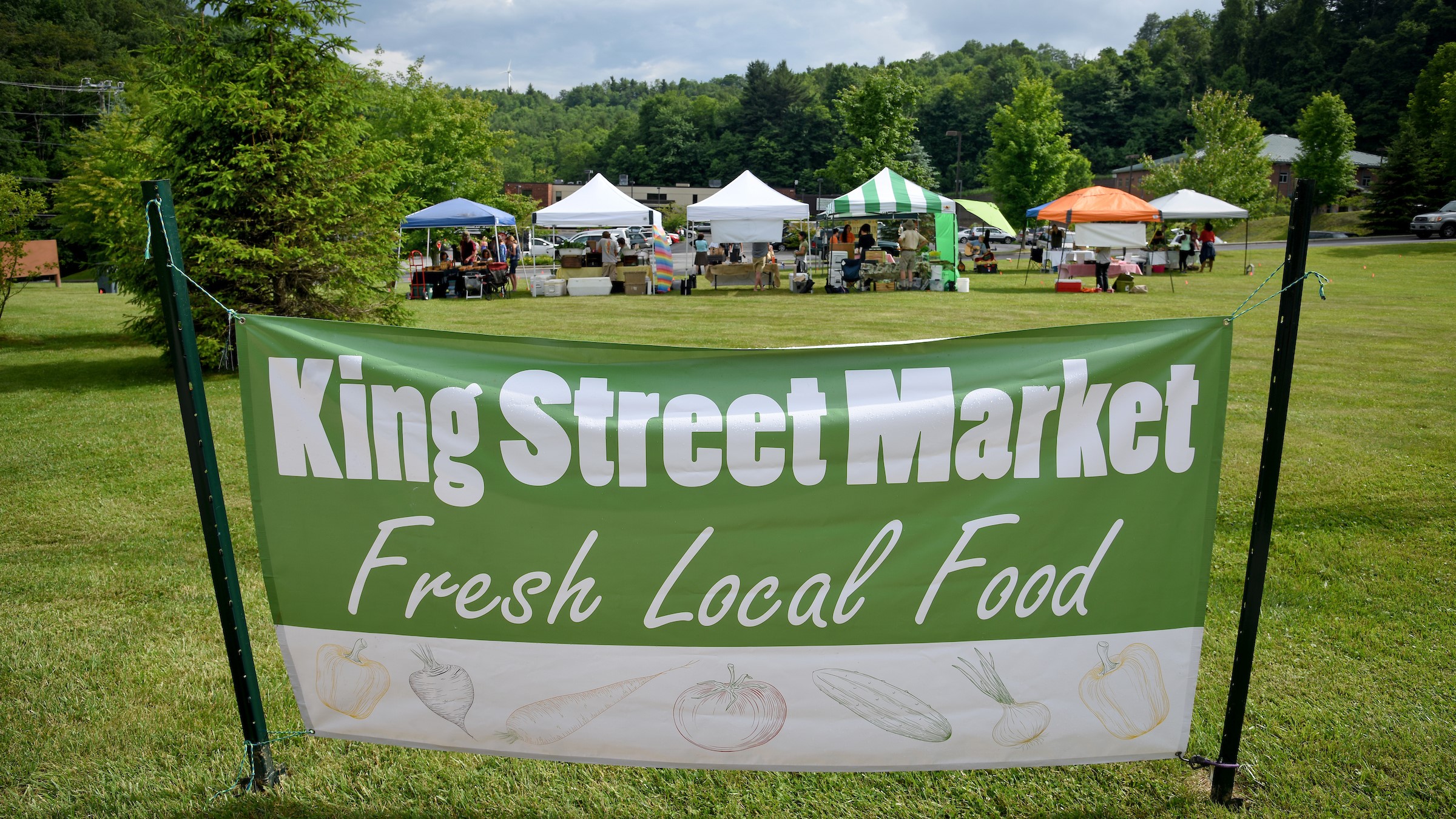Local Food Systems and Covid-19: A Nimble Pivot Toward Shorter Supply Chains

The market disruption beginning in March 2020 from COVID-19 shocked the food supply chain. In March through May 2020, reduced sales and employment in the local foods system alone may have led to a national loss of $1.32B. While the immediate effects of the COVID-19 disruption caused financial hardship, the market for local foods managed to adapt quickly in comparison to other sources of agricultural products. A team of researchers led by Dawn Thilmany of Colorado State University and including NC State Associate Professor Kathryn Boys reviewed and assessed how local and regional food systems (LRFS) adjusted their business operations to suit a new environment. Their research led to a journal article, “Local Food Supply Chain Dynamics and Resilience during COVID‐19” which was published in Applied Economics Perspectives and Policy.
Local and regional food systems are naturally suited for flexibility because they already maintain shorter supply chains than food sources that must travel further to the customer. LRFS also benefit from close connections to their supply chain partners as well as their customers, suppliers, and other stakeholders such as university extension programs. These businesses are often smaller than large, national food suppliers who cannot change direction as nimbly as local food networks did. For example, growers who sell their goods at farmers markets may have found their market closed or sparsely attended. These growers then focused on e-commerce and pickup or delivery of their wares rather than direct to customer methods of sale.
By April and May, local food systems were already pivoting to online sales with success. A survey of e-commerce platforms found that sales of local food products increased by 360% between April and May 2020.. Consumers not only changed how they were willing to purchase food and where they would eat it but they were purchasing more per transaction. Whereas a customer may have only purchased a small amount of goods browsing at the farmers market, they were now purchasing significantly more as other food sources remained unstable. Local foods producers shifted their business models and found new ways to reach and grow their customer base. In a time of national concern, local and regional foods systems faced and overcame many challenges.
When the food supply chain screeched to a halt, some federal regulations were relaxed to keep shelves stocked. Administrative burdens like labelling requirements and site inspections for local food producers decreased. While there have not been documented cases of food-borne illness or COVID-19 transmission, it should be noted that local foods systems are operating under a unique set of rules to prevent further supply bottlenecks. It will be important in the future to monitor the federal policies toward LRFS and assess the effects of long-term policy changes.
- Categories:


